Over the years, sim-racing has become a discipline in its own right, evolving from a hobby for racing car fans to an indisputable simulation and training tool for racing teams and their drivers. As with motor racing, sim-racing requires equipment – or peripherals, to be precise – which can be diverse and varied. Of course, the essentials of any sim-racing setup are its base, steering wheel and pedals. Without these 3 peripherals, you won’t be able to run proper sessions.
You’ll also agree that not all sim-racing rigs can be the same, and that’s because of the different types of motor racing. So we have drifting, touring, GT, Formula, time attack, rally and much more. All these disciplines translate into different setups, including specific peripherals. The simplest example is that a rally setup needs to use a handbrake, whereas this peripheral is not necessary in GT or F1.
And this applies to a wide range of sim-racing equipment, including shifters, clutches, motorized cockpits, dashboards and so on. Each device has its own purpose in a setup, and it’s up to the rider to choose whether or not to use it, depending on his or her needs. Among the vast choice of options we have in terms of sim-racing products and equipment, there are dashboards, which may seem overrated to some, but many pilots swear by these peripherals. In what follows, I’ll introduce you to a few products that fall into the dashboard category, and give you my thoughts on them.
What’s a dashboard for?
The dashboard, or instrument panel if you like, is a piece of equipment found in cars, planes, motorcycles and basically any motorized vehicle. Dashboards are essential for accessing crucial information, such as remaining fuel level, speed, gear engaged, engine revs, oil pressure and so on.
In motor racing, dashboards provide more detailed information, including lap times, tire pressures, engine and gearbox status, and other data that may be specific to the discipline being raced.
And given that sim-racing is all about immersion, it’s only natural to see such equipment used on setups to immerse the rider in the universe. Logical, as far as I’m concerned.
Some of the dashboards available on the market
The Grid Porsche 911 GT3 Cup Dashboard Display Unit
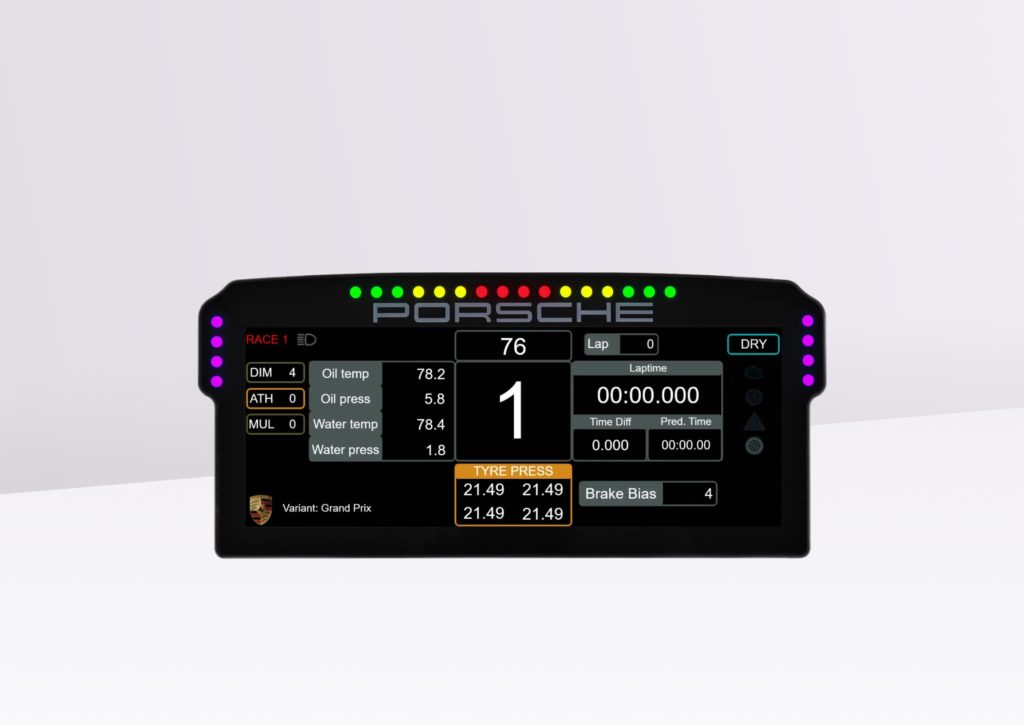
We’re starting with the heavy stuff, with an excellent dahsboard from Grid Engineering, now under the Sim-Lab umbrella, and its Porsche 911 GT3 Cup Dashboard Display Unit. As the name suggests, this dashboard is officially licensed to Porsche 911 GT3 Cup, and comes in the form of a 10.3-inch diagonal slab, with a resolution of 1920 x 720 pixels. The screen is color LCD, with a refresh rate of 60 Hz, which is more than sufficient for sim-racing.
This dashboard uses RaceDirector software to interface with the sim-racing track in front of you and draw telemetry data for display. Speaking of displays, the entire screen is customizable to your liking, leaving you free to choose whether to highlight lap times, your position, your speed, the gear engaged, the rev counter, Dry or Wet mode for the track, and so on. It’s a really complete solution, and I don’t think there’s anything better on the market.
Compatibility-wise, you should know that the Porsche 911 GT3 Cup Dashboard only runs on PC, and on titles such as Asseto Corsa, iRacing, rFactor2, etc. As for sim-racing games, there’s a wide range to choose from, as well as sim-racing setups, with brands such as FanatecSimucube, Simagic and many more.
When it comes to the financial effort required to acquire such a jewel, you’ve got to suspect that having the word “Porsche” in its name indicates a pretty hefty price tag, and it really is. This dashboard will cost you the princely sum of €549 to own, and it’s currently benefiting from a €50 discount. If you can afford it, go for it.
Moza Racing’s CM HD
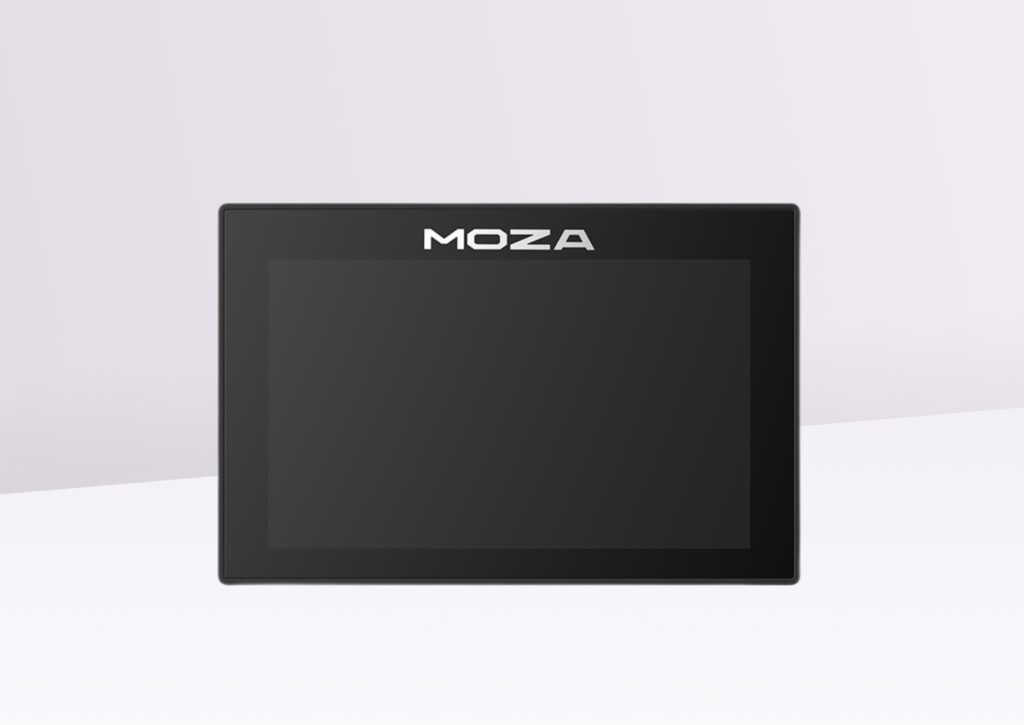
Now we move on to a much more affordable product, but one that looks no less good on paper. As you may know, Moza Racing is a young player in the game of sim-racing peripheral manufacturers, but the Chinese company still offers some excellent products, and the CM HD is one of them.
So, this dashboard offers a 5-inch diagonal color screen, with a resolution of 800 x 480 pixels and a refresh rate of 60 Hz. As far as I’m concerned, these are pretty decent stats, especially if you only want to have info easily accessible in front of you, and not search all over your monitor.
The design of this dahsboard is all about sobriety. It’s a slightly matt black color, with large edges all the same. But considering the price, I’m not going to be picky. You have 7 different interfaces on the CM HD, so it has one that should suit most runners. It’s not as customizable as a solution from Grid Engineering, for example, but it does the trick for around €160 before tax.
As far as compatibility is concerned, the CM HD is PC-only, as is the Moza Racing ecosystem at the moment. What’s more, as this dahsboard is “budget friendly”, it turns out that it’s only supported by Moza’s R5 and R9 bases, which isn’t all that great, as people who race on this segment of peripherals don’t necessarily need a dashboard in their setup. But hey, it’s still a nice screen to add to your rig, and it doesn’t cost an arm and a leg, something you can’t necessarily take for granted in sim-racing these days.
The NSH Race Display Unit
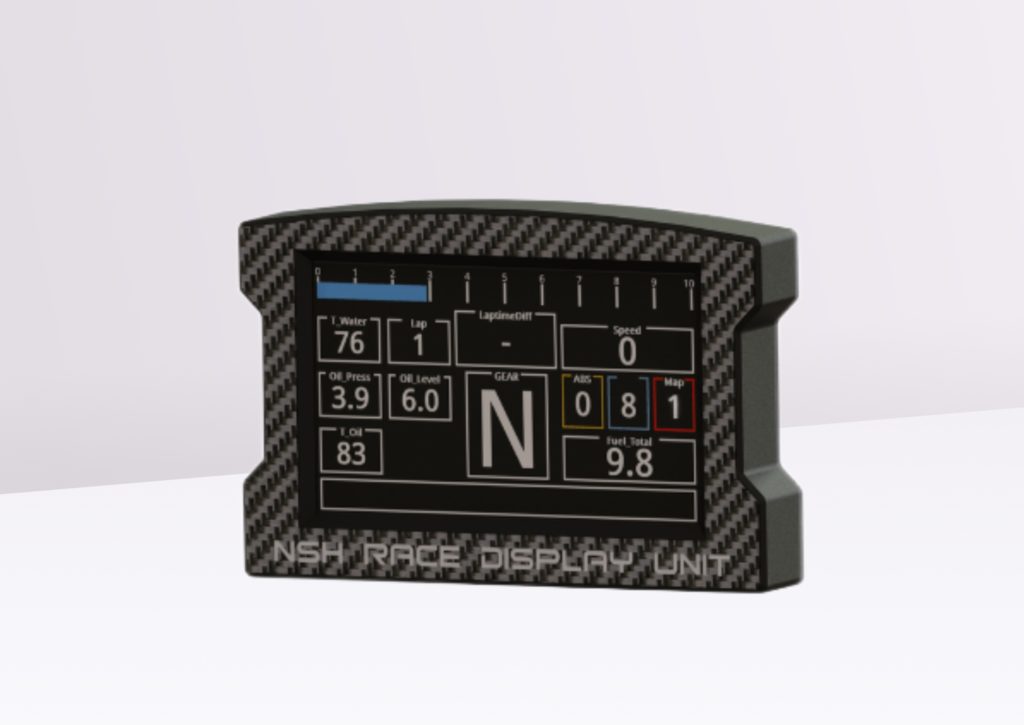
Even if the NSH Racing brand isn’t all that popular, its products are nonetheless high-performance and highly appreciated by connoisseurs of the game. Primarily focused on custom products for specific customers, NSH also offers sim-racing products for the masses, including a dashboard called the Race Display Unit.
On paper, we’re looking at a 4-inch diagonal slab, with a resolution of 480 x 800 pixels and a rather solid carbon-fiber structure. The product’s mounting system is designed to fit virtually any chassis available on the market, and the same goes for compatibility with PC sim-racing titles.
As far as the data displayed on the screen is concerned, we’re dealing with a good product, capable of being both standard in terms of telemetry, or highly customized to satisfy the needs of budding riders. You’ve got RPM, speed, gear engaged, lap time and all the rest. It’s really complete, and not very expensive either. However, you should know that this dashboard from NSH Racing comes in kit form, depending on your needs. It starts at like €50 and goes up to €220 for the screen, RevLED and other peripherals.
Do you need a dashboard in your sim-racing setup?
The answer to this question isn’t really clear-cut, for the simple reason that not all drivers are the same, and therefore their needs differ. You’ve got those looking for total immersion thanks to all the peripherals, including dashboards, and then there are those who want to have all the information grouped together in 1 location, so they don’t have to search all over their screen. And that’s why a dashboard is useful if you need it.
Talking of needs, you need to shop around according to a few criteria, such as screen size, your budget, your ecosystem, support for different software for the product, and so on. You also need to consider compatibility with sim-racing titles on the market. Well, to tell the truth, this point is of no real importance in your choice, as virtually all dashboards sold will be compatible with the most popular sim-racing titles.
In my opinion, the most important points are your ecosystem and your budget, in addition to the degree of immersion you’re looking to achieve.

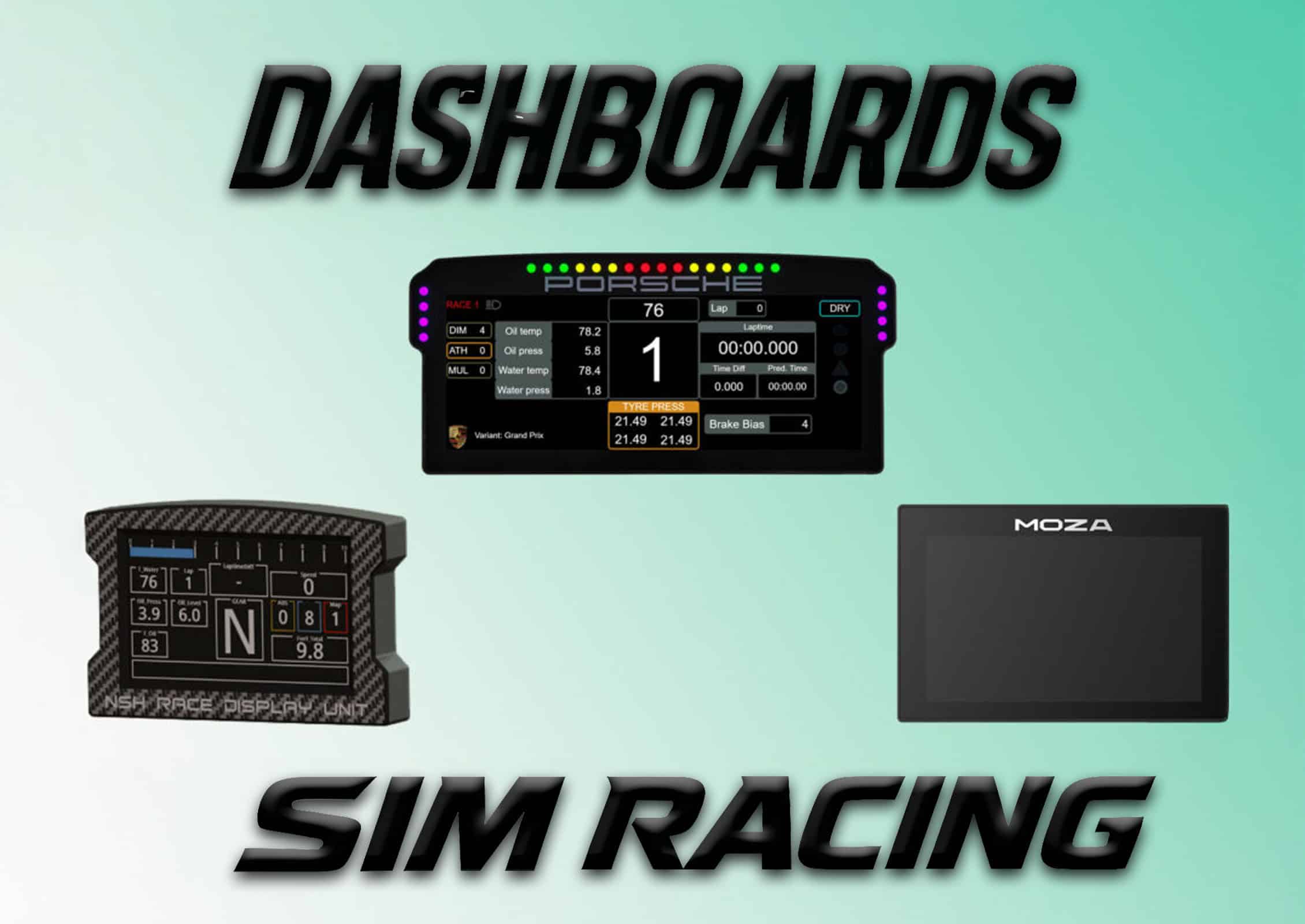
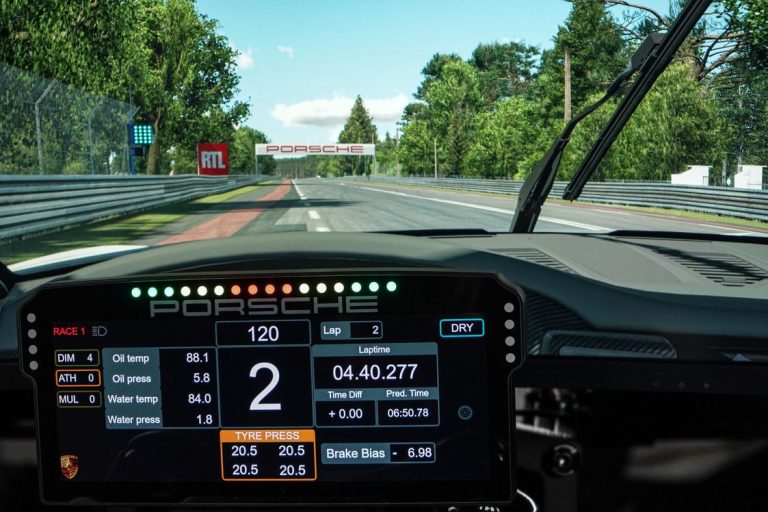
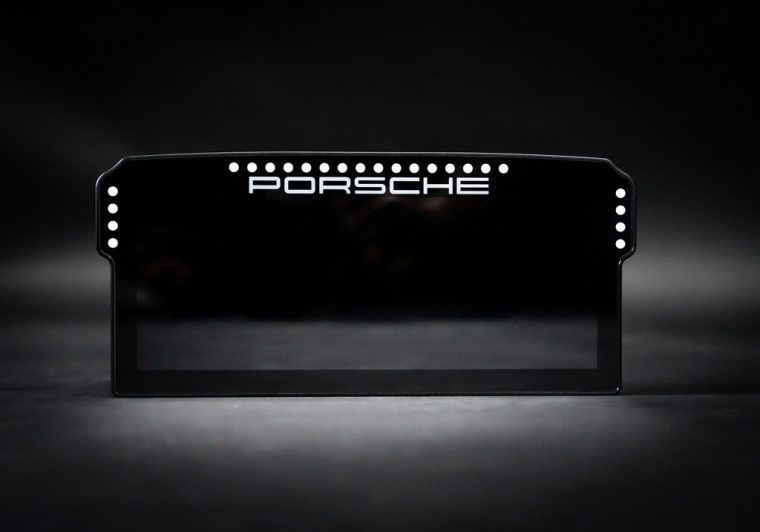

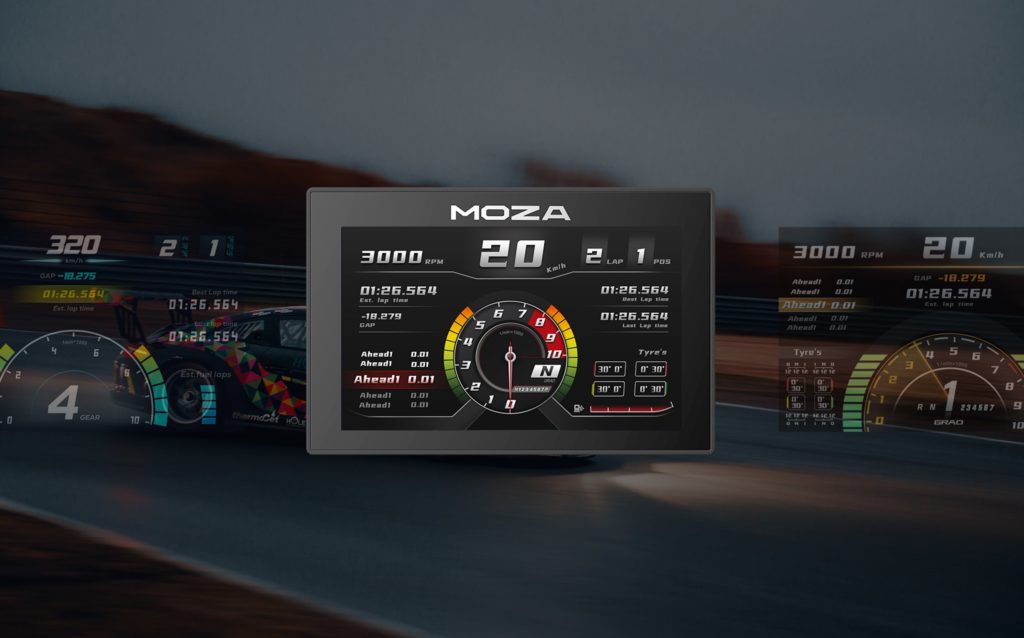
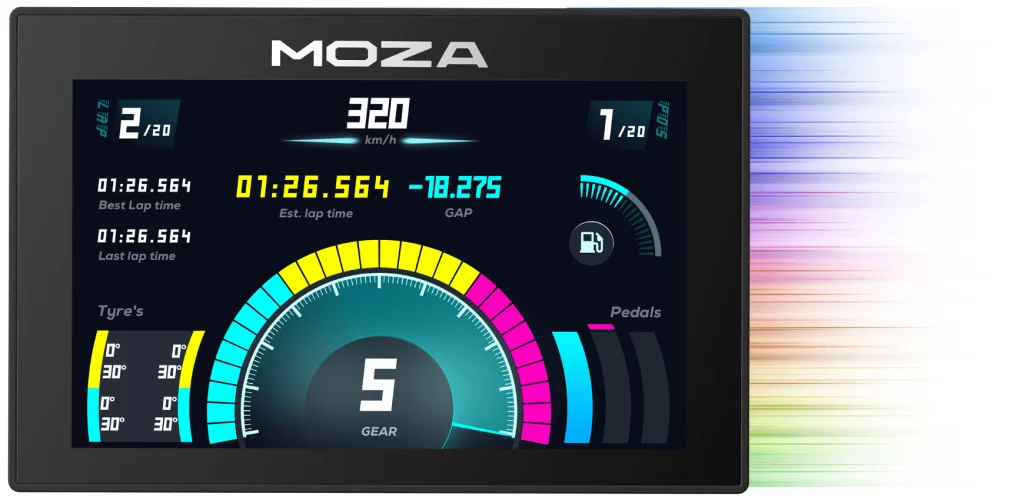
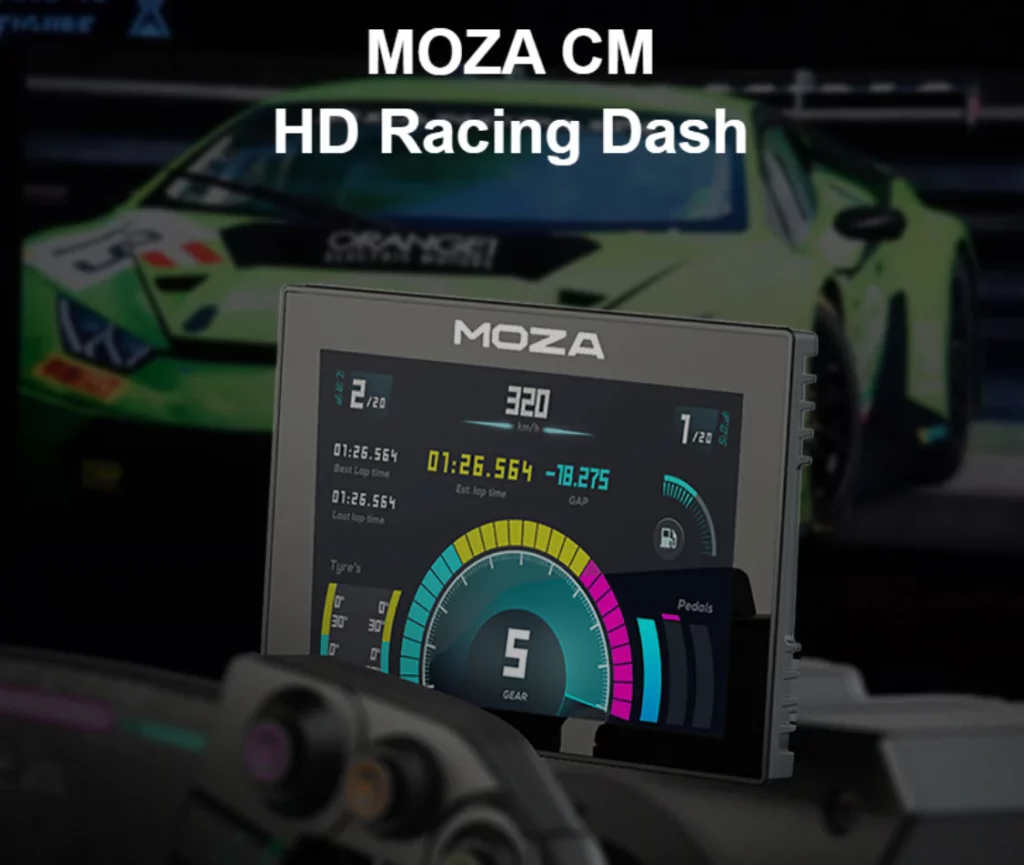
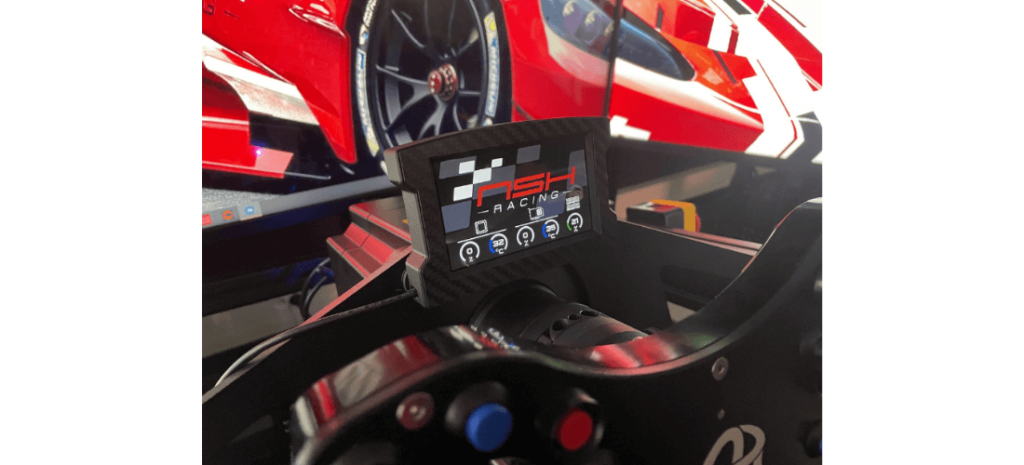
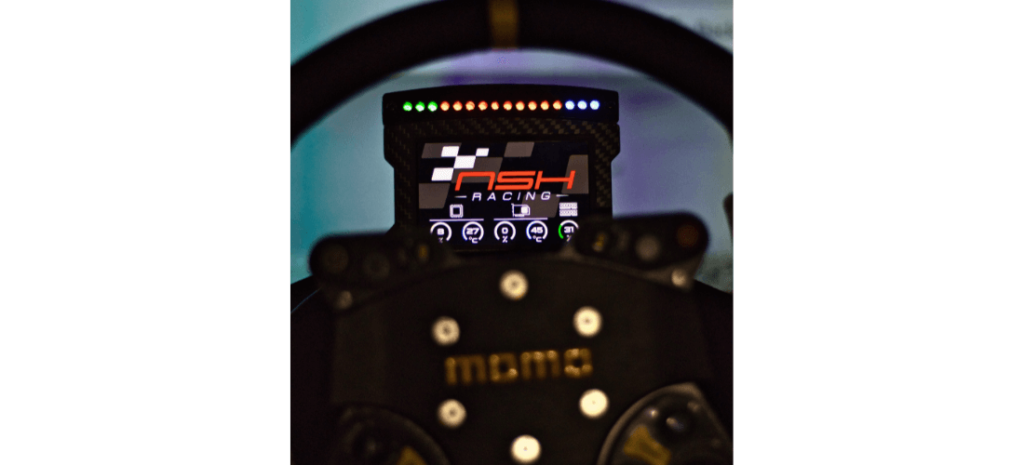
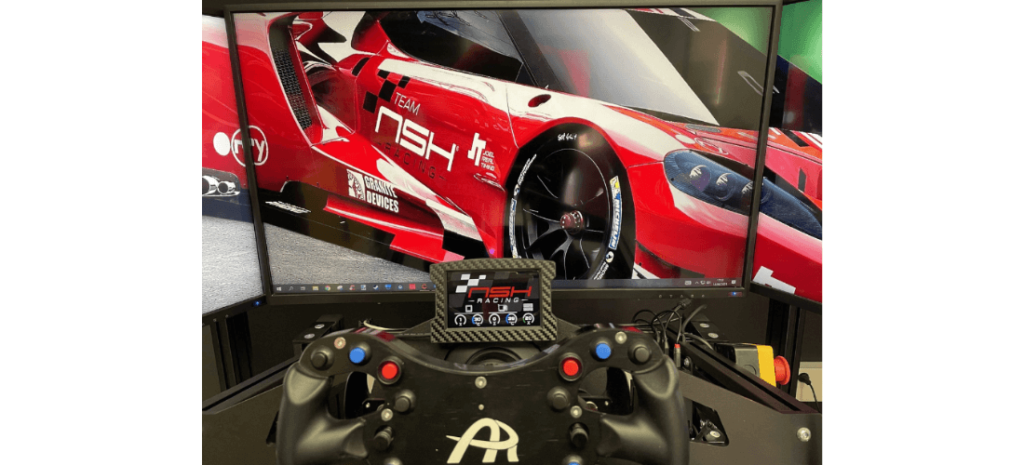
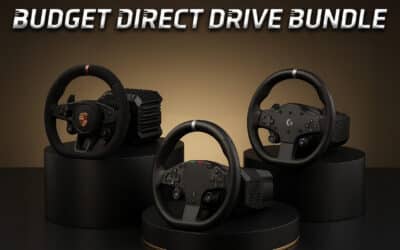
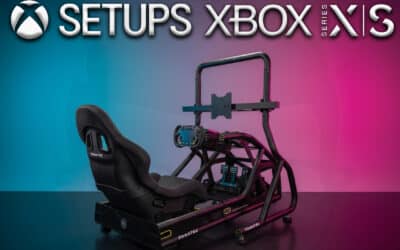

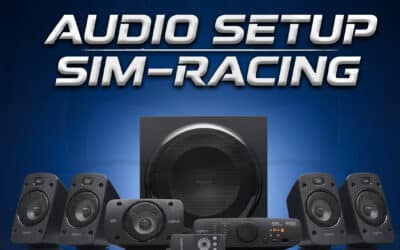

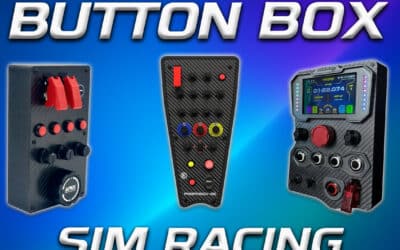
0 Comments